Web3 Growth Is Broken. Subhub Is the Fix
Subhub offers a dual advantage: users gain control and rewards for their attention, while projects benefit from lower costs, higher retention, and verifiable, on-chain engagement.
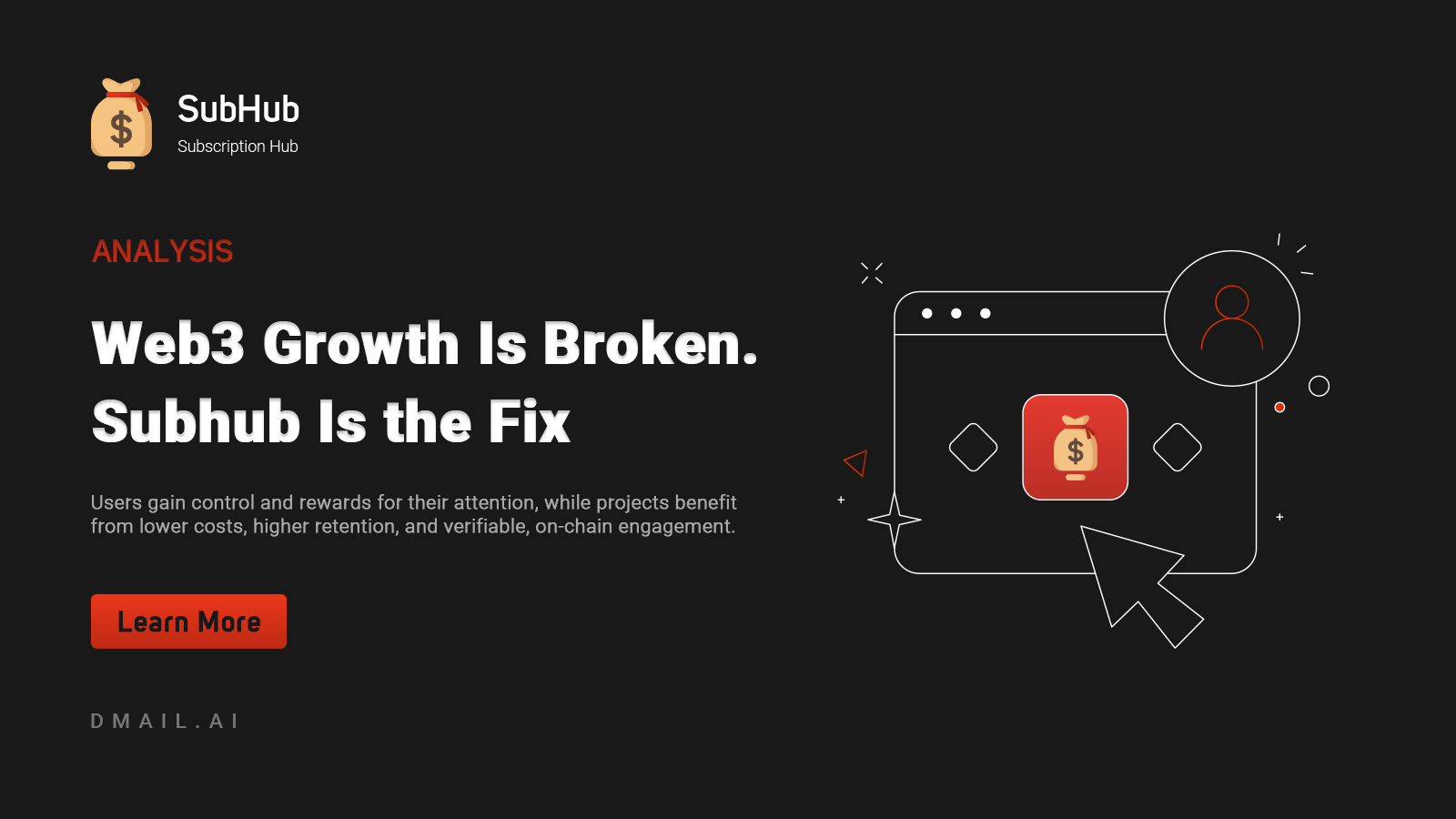
Why the Web3 Growth Model Is Failing
Web3 was supposed to disrupt traditional marketing—eliminating middlemen, reducing inefficiencies, and empowering users. But instead, it copied many of the same broken patterns from Web2. Projects rely on X, Discord, and Telegram to push updates, drowning in noise while bots inflate metrics. Giveaways attract short-term attention with no long-term retention. Communities are fragmented, campaigns are expensive, and most “followers” aren’t even real users.
This growth model doesn’t scale. It burns budget, inflates vanity numbers, and delivers minimal real engagement. For most Web3 startups, user acquisition costs are unsustainable. Attention is either rented from centralized platforms or lost in fragmented communication channels. The result? Millions spent for negligible ROI.
Subhub: A New Growth Engine for Web3
Subhub is rebuilding the growth stack from the ground up, using on-chain identity and tokenized incentives to create a permission-based, peer-to-peer marketing protocol. It allows projects to send messages directly to wallets—subscribed users, not passive followers. These messages land in a Web3-native inbox, where users are rewarded for interacting with the content.
Every message sent via Subhub is measurable, on-chain, and user-consented. Projects don’t pay for impressions—they reward action. Whether it’s reading a campaign, completing a task, or joining a mission, every interaction becomes a data point that feeds smarter targeting and more effective communication.
Why Tokenized Marketing Works
Traditional digital marketing is built on assumptions: if someone saw your ad, they might remember your project. Subhub removes that guesswork. Users earn for opening messages. They receive value for participating in campaigns. Tokenized incentives align attention with engagement—and users have a reason to keep coming back.
For businesses, this means cheaper, more targeted campaigns with real outcomes. Instead of paying for clicks from disinterested users, they reward active community members who are already opted-in. Engagement is organic, scalable, and trackable.
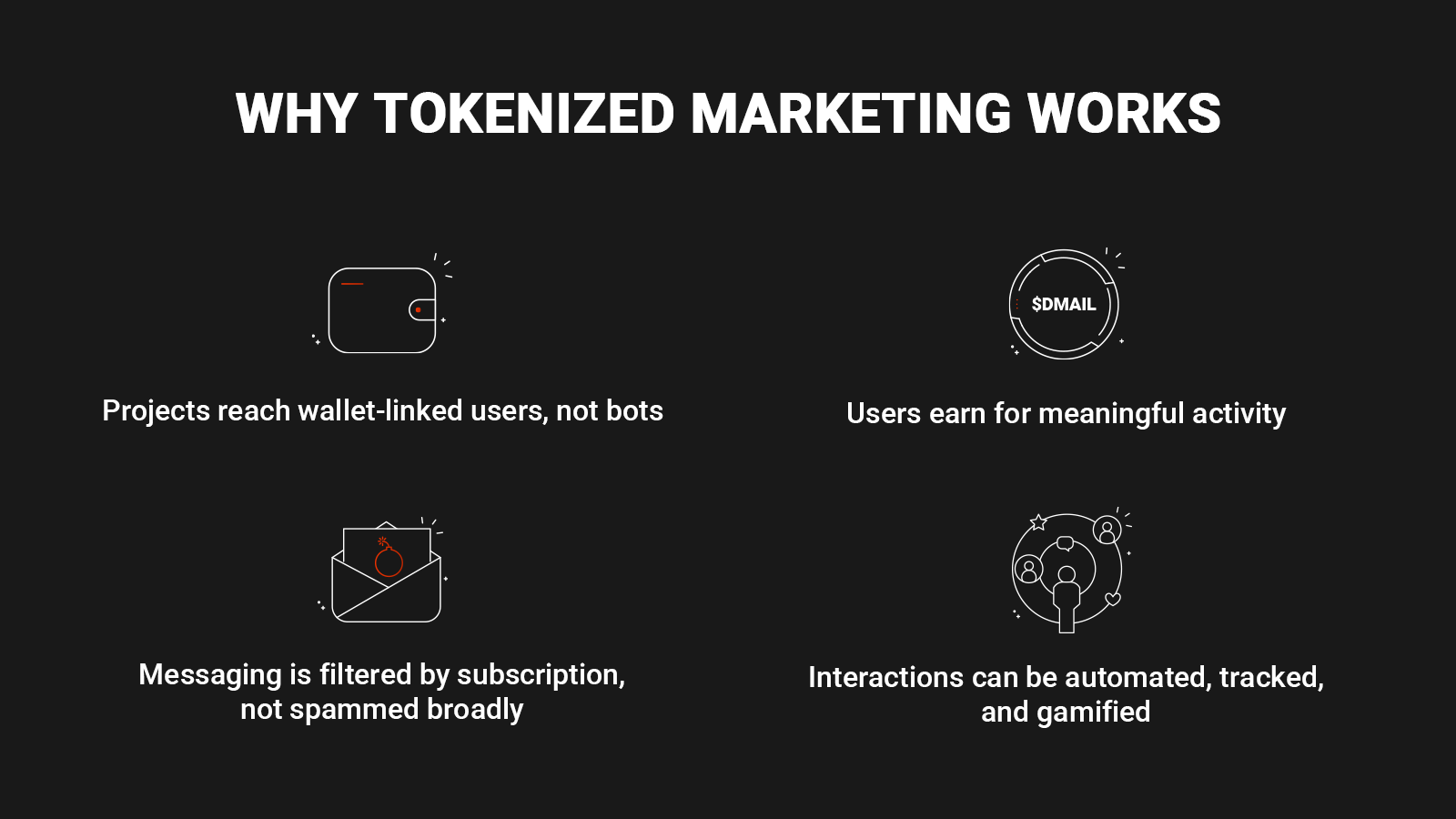
- Projects reach wallet-linked users, not bots
- Users earn for meaningful activity
- Messaging is filtered by subscription, not spammed broadly
- Interactions can be automated, tracked, and gamified
This is peer-to-peer marketing that respects user time—and budget.
Onboarding the Next Generation of Growth
The Subhub ecosystem already includes over 530 projects and a subscriber base of more than 5 million wallets. As tokenized communication replaces traditional channels, this is quickly becoming the default infrastructure for Web3 growth. It’s not just about attention—it’s about retention, value exchange, and user control.
Coming next is Subhub’s full Marketing Hub: an advanced suite for campaign automation, analytics, airdrop orchestration, and AI-powered segmentation. With this, Web3 teams will have access to a performance-based, user-aligned marketing system built entirely on decentralized rails.
A Win for Users, a Win for Projects
The beauty of Subhub is in its dual value proposition. For users, it means control and reward. No more irrelevant noise. No more data leaks. Just messages they choose to receive, and compensation for the attention they give. For projects, it means lower CAC, higher retention, and better conversion—on-chain and verifiable.
This isn’t just a growth tool. It’s a messaging revolution.
Conclusion: The Future of Web3 Growth Is Permissioned and Incentivized
Memecoins and hype may dominate headlines, but sustainable adoption requires sustainable infrastructure. Subhub is what happens when growth becomes programmable, incentives align with engagement, and communication moves on-chain.
The old growth model is dead. Subhub is the fix.



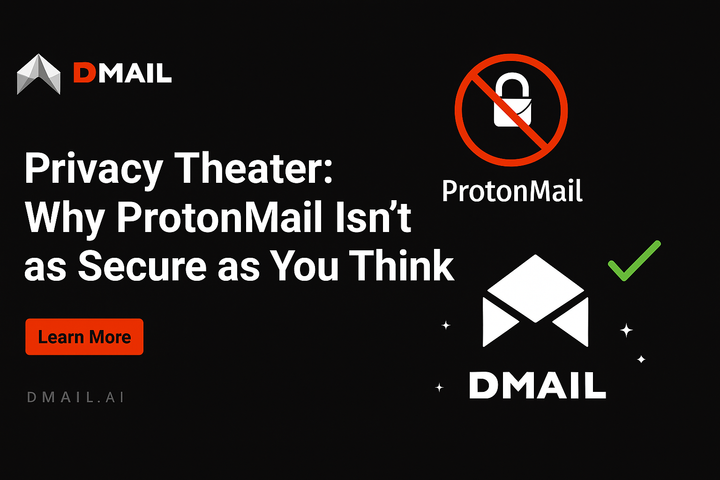
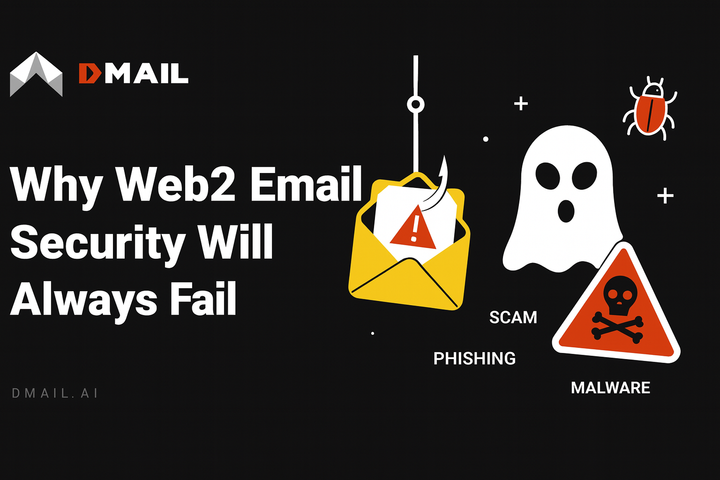
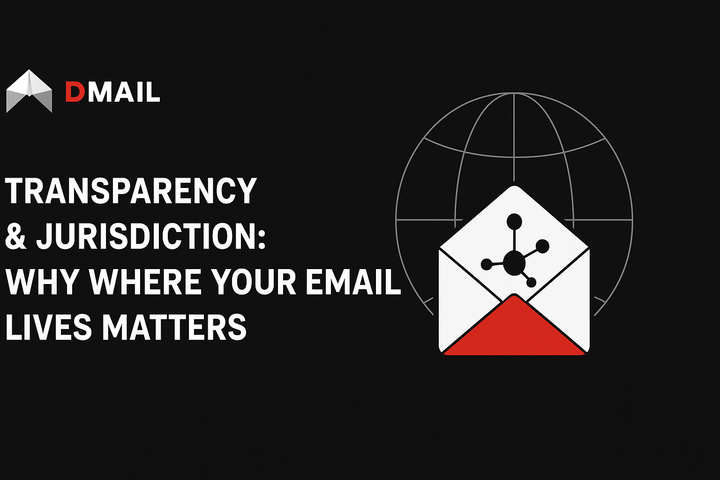
Comments ()